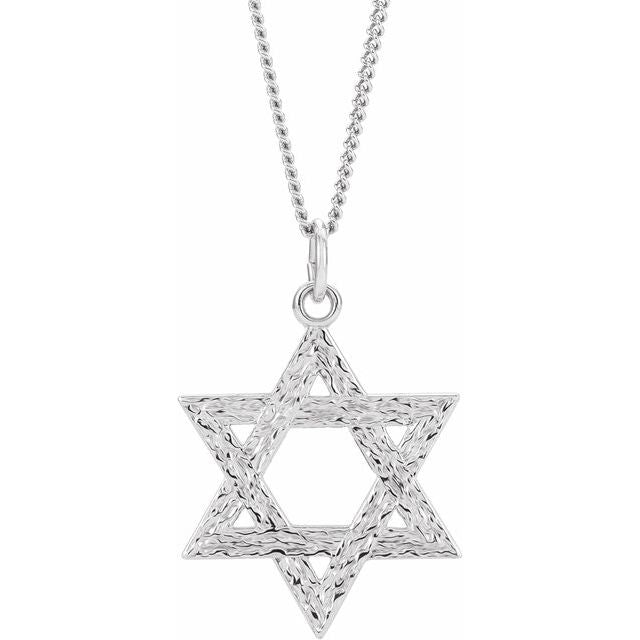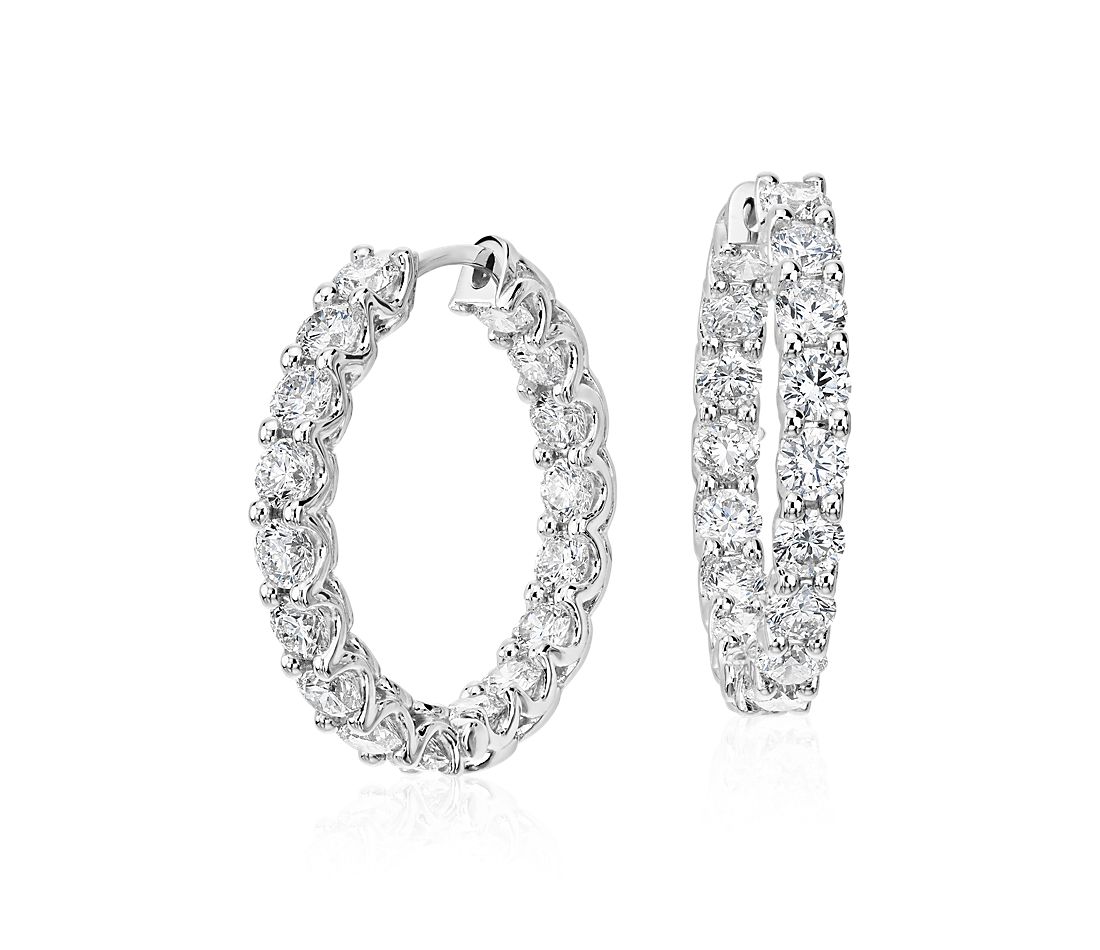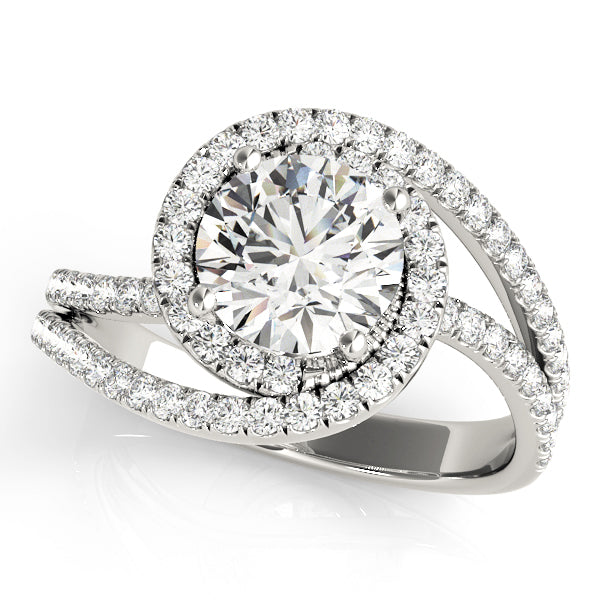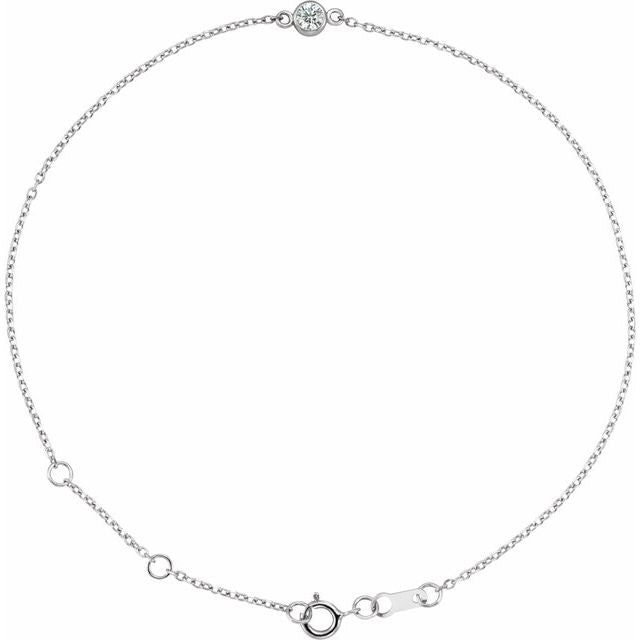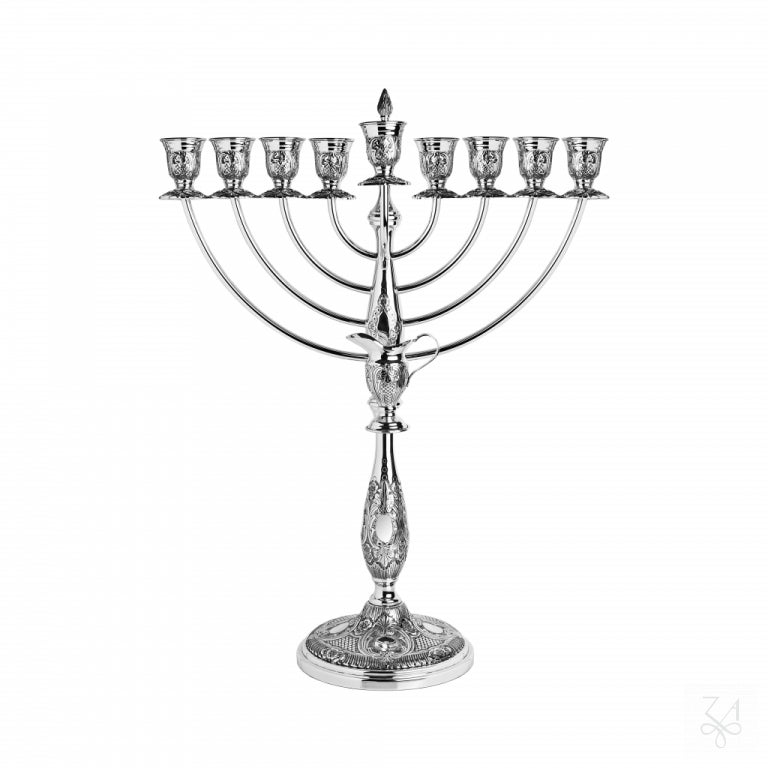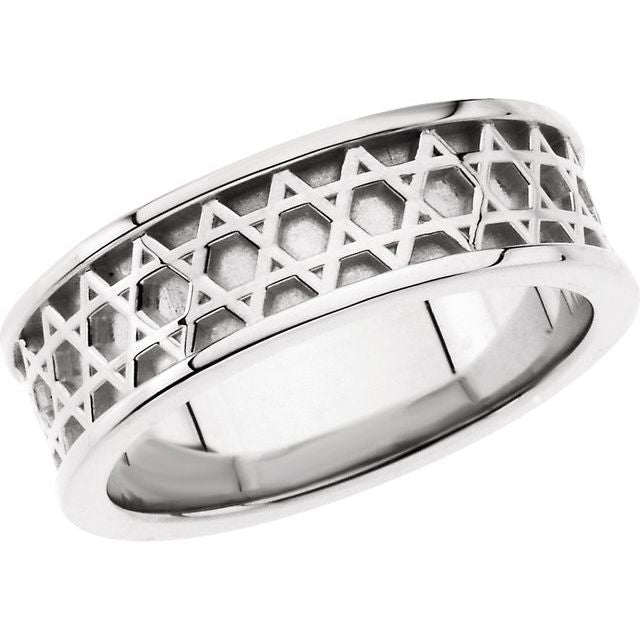Introduction
We've all experienced that moment of panic—a broken clasp on a favorite necklace, a loose stone in a ring, or a tarnished silver bracelet that's lost its luster. According to a recent consumer survey, the average American owns approximately 13 pieces of jewelry, with nearly 60% reporting damage to at least one piece annually. While professional jewelry repair services are widely available, they often come with hefty price tags and inconvenient wait times.
The good news? Many common jewelry issues can be fixed at home with simple tools and techniques. In fact, research from the Craft & Hobby Association reveals that DIY jewelry repair has grown by 37% over the last five years, with more people embracing these accessible solutions.
This comprehensive guide will walk you through 10 jewelry repairs you can confidently tackle yourself—saving both time and money while extending the life of your beloved accessories.
Essential DIY Jewelry Repair Tools
Before diving into specific repairs, let's assemble a basic toolkit. You don't need professional equipment to achieve professional-quality results. Most of these items are affordable and readily available:
-
Jewelry pliers set (round-nose, chain-nose, and cutting pliers)
-
Magnifying glass or jeweler's loupe
-
Small screwdriver set
-
Jewelry polishing cloth
-
Toothpicks and cotton swabs
-
Super glue or jewelry adhesive
-
Jump rings (assorted sizes)
-
Clasps (various styles)
-
Beading wire or fishing line
-
Clear nail polish
A 2023 study by DIY Market Research found that investing in a basic jewelry repair kit (averaging $30-$50) saves hobbyists approximately $200 annually on professional repair services.
1. Fixing a Broken Chain
One of the most common jewelry issues is a broken chain. The good news is that many chain breaks are easy to fix:
Simple Link Repair
-
Identify the break: Use your magnifying glass to examine where the chain has broken.
-
Open a jump ring: Using two pliers, grip both sides of a jump ring and twist in opposite directions (never pull apart).
-
Thread the jump ring: Slide it through both ends of the broken chain.
-
Close the jump ring: Twist the ends back together with your pliers until they meet perfectly.
For a more secure repair, use two jump rings instead of one, interlinked to provide additional strength.
Replacing a Section
If several links are damaged:
-
Remove the damaged section: Use cutting pliers to snip away the damaged area.
-
Measure replacement length: Use jump rings or a small section of similar chain.
-
Connect the new section: Attach jump rings to both ends of the intact chain and the replacement piece.
According to jewelry maintenance statistics, properly repaired chains can last just as long as their original counterparts when the repair is done correctly.
2. Reattaching a Loose Stone
Finding a loose stone in your jewelry doesn't automatically mean a trip to the jeweler. For many non-precious or semi-precious stones, a DIY fix is quite effective:
-
Clean thoroughly: Use a cotton swab with rubbing alcohol to clean both the stone and setting.
-
Allow to dry completely: Patience here is crucial—any remaining moisture will prevent proper adhesion.
-
Apply adhesive sparingly: Use a toothpick to apply a tiny amount of jewelry adhesive or E6000 to the setting.
-
Position the stone: Place the stone into position using tweezers.
-
Remove excess glue: Use a toothpick to carefully remove any overflow before it dries.
-
Allow proper curing time: Most adhesives require 24-48 hours to fully cure.
Important: This method works best for bezel settings or prong settings where the prongs are still intact. For valuable gemstones or significantly damaged settings, professional repair is recommended.
3. Replacing a Clasp
Broken clasps are among the most fixable jewelry problems. A 2022 survey of jewelry owners found that clasp failure accounts for 42% of all jewelry repairs:
Lobster Clasp Replacement
-
Remove the old clasp: Use pliers to open the jump ring connecting the clasp.
-
Select an appropriate replacement: Ensure your new clasp is of similar size and style.
-
Attach the new clasp: Thread it onto the chain using a new jump ring if the old one is damaged.
-
Secure tightly: Ensure the jump ring is completely closed.
Spring Ring Clasp Replacement
-
Open the connecting jump ring: Use two pliers to twist open the ring.
-
Remove the damaged clasp: Slide it off the jump ring.
-
Attach the new spring ring: Slide it onto the jump ring.
-
Close the jump ring: Ensure it's completely closed to prevent future loss.
4. Restoring Tarnished Silver
According to the Silver Institute, proper at-home cleaning can restore tarnished silver to 95% of its original luster. Here's how:
Aluminum Foil Method
-
Line a bowl with aluminum foil (shiny side up).
-
Add hot water, 1 tablespoon of salt, and 1 tablespoon of baking soda.
-
Place silver jewelry on the foil, ensuring it touches the foil directly.
-
Wait 2-3 minutes as the chemical reaction removes tarnish.
-
Rinse thoroughly with clean water and dry with a soft cloth.
This method leverages a chemical reaction that transfers the tarnish (silver sulfide) from your jewelry to the aluminum foil.
Polishing Cloth Method
For less tarnished pieces:
-
Use a specialized silver polishing cloth (contains mild cleaning agents).
-
Rub gently in back-and-forth motions (not circular).
-
Pay special attention to crevices where tarnish accumulates.
-
Finish with a clean microfiber cloth to bring out the shine.
Research from materials scientists suggests that regular cleaning prevents deep tarnish buildup, making maintenance easier over time.
5. Restringing a Bracelet or Necklace
When a beaded bracelet or necklace breaks, don't lose those precious beads—restring them:
-
Gather materials: Beading wire or fishing line, crimp beads, and appropriate clasps.
-
Lay out your design: Arrange beads in your desired pattern before stringing.
-
String the beads: Thread onto your wire, maintaining the pattern.
-
Attach the clasp: Thread wire through a crimp bead, then through the clasp, and back through the crimp bead.
-
Secure with crimp bead: Use pliers to flatten the crimp bead, securing the wire.
-
Trim excess wire: Leave a small amount, tucking it away so it won't scratch skin.
A study of DIY jewelry makers found that restrung bracelets with properly secured crimp beads have a 95% success rate for long-term durability.
6. Fixing Earring Backs
Lost or damaged earring backs (also called "clutches") are easily replaceable:
Replacing Lost Backs
Simply purchase replacement backs—they're inexpensive and universally sized for most post earrings.
Fixing Loose Backs
If backs are too loose:
-
Use needle-nose pliers to gently squeeze the metal loop inside the back.
-
Test the tension on the earring post—it should be firm but not too tight.
-
Repeat as needed until you achieve the right tension.
For added security on valuable earrings, consider purchasing safety backs with locking mechanisms.
7. Reshaping Bent Jewelry
Metal jewelry pieces often bend out of shape through regular wear. Here's how to restore them:
-
Identify the bent area: Examine the piece under good lighting.
-
Cover with soft cloth: This protects the jewelry surface from scratches.
-
Use two pliers: One to hold the piece stable, one to gently bend.
-
Work gradually: Make small adjustments rather than dramatic bends.
-
Check progress frequently: Aim for symmetry and proper alignment.
For rings, specific ring mandrels are ideal but a cylindrical object of appropriate size (like a marker pen) can work for gentle reshaping.
8. Securing Loose Watch Bands
A loose watch band doesn't mean you need a new watch:
Pin-Style Bands
-
Purchase a watch pin tool (inexpensive online or at craft stores).
-
Identify the pin location on the side of the watch band segment.
-
Use the tool to push out the pin, then reinsert it after adjusting the band length.
Mesh or Adjustable Bands
-
Locate the adjustment clasp on the back of the band.
-
Use a small screwdriver to loosen the locking mechanism.
-
Slide to adjust length, then retighten securely.
According to consumer watchmaking reports, 67% of watch band issues can be resolved at home with proper tools.
9. Reinforcing Weak Areas
Preventative maintenance can save your jewelry before it breaks:
-
Identify potential weak points where chains connect to pendants or clasps.
-
Add reinforcement jump rings to distribute tension.
-
Apply clear nail polish to areas where metal components meet, creating an invisible reinforcement.
-
Check and tighten stone settings periodically using the edge of a soft toothpick.
Proactive maintenance reduces jewelry repair needs by approximately 60%, according to jewelry care experts.
10. Reviving Dull Gemstones
Even the most brilliant stones lose their sparkle over time due to oil, dirt, and soap residue:
-
Prepare a cleaning solution: Mix mild dish soap with warm water.
-
Soak the jewelry: Allow it to sit for 15-20 minutes.
-
Gentle scrubbing: Use a soft toothbrush to clean around stones and settings.
-
Rinse thoroughly: Ensure all soap residue is removed.
-
Dry properly: Use a lint-free cloth or allow to air dry completely.
For extra sparkle on diamond, cubic zirconia, or crystal pieces, try a final rinse in a solution of 50% water and 50% ammonia (avoid this on pearls, opals, or porous stones).
When to Seek Professional Help
While DIY repairs can save time and money, certain situations call for expert assistance:
-
High-value pieces: Especially those with insurance or sentimental value
-
Pavé settings: When multiple small stones are set closely together
-
Antique jewelry: Due to potential historical value and fragile materials
-
Complex mechanism repairs: Particularly in watches or intricate clasps
-
Significantly damaged prongs: On valuable stone settings
A 2023 jewelers' association study indicates that approximately 70% of common jewelry repairs can be handled at home, while the remaining 30% require professional expertise.
Preventing Future Jewelry Damage
The most effective repair is prevention. Consider these practices:
-
Store pieces separately in fabric-lined compartments or pouches
-
Remove jewelry before swimming, bathing, or heavy activity
-
Apply cosmetics and perfumes before putting on jewelry
-
Clean pieces regularly following appropriate methods for each material
-
Conduct periodic checks for loose stones or weakening components
Implementing these preventative measures can extend jewelry lifespan by 30-50%, according to materials durability research.
Conclusion
Armed with these DIY repair techniques, you're now equipped to tackle common jewelry issues with confidence. Not only will you save on repair costs (estimated at $50-$200 per professional service), but you'll also extend the life of your cherished accessories while gaining valuable skills.
Remember that successful DIY jewelry repair relies on patience, proper tools, and knowing when a situation exceeds your capabilities. For everyday fixes, however, these methods provide accessible solutions that yield professional-quality results.
Your jewelry tells your story—and with these repair skills, you can ensure that story continues uninterrupted, piece by beautiful piece.
References
-
Journal of Materials Conservation: Metal Jewelry Longevity Study
-
International Jewelers Watchmakers Association: DIY Repair Statistics
-
Craft & Hobby Association: Consumer Trends in Jewelry Making



